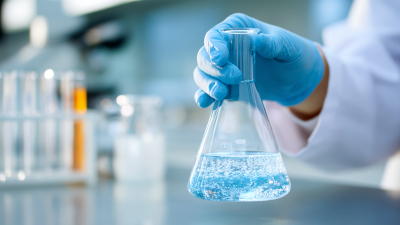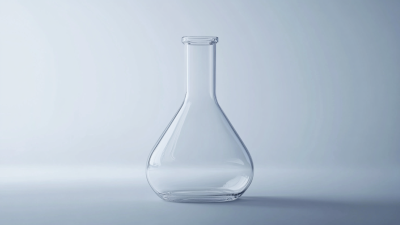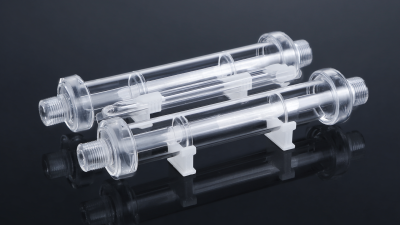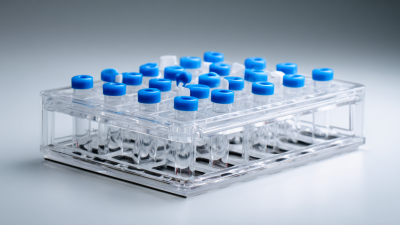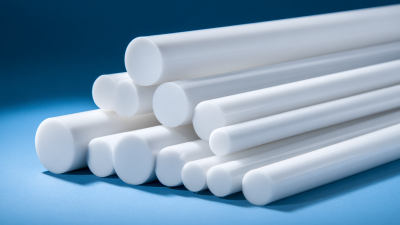In the realm of laboratory equipment, the choice of materials is critical to ensure precise and effective experimentation. The PTFE evaporating dish stands out due to its unique properties that enhance the efficiency of various laboratory processes. According to a recent market analysis by Grand View Research, the global laboratory equipment market is projected to reach USD 55.5 billion by 2025, emphasizing the increasing need for high-quality, durable laboratory tools. PTFE, or polytetrafluoroethylene, is prized for its chemical resistance and non-stick characteristics, making the PTFE evaporating dish an essential component for tasks involving corrosive substances and high temperatures. However, selecting the perfect PTFE evaporating dish requires careful consideration of size, chemical compatibility, and thermal stability to align with specific laboratory needs. This guide will provide insights into making an informed choice, ensuring that laboratory professionals can optimize their workflows with the right equipment.
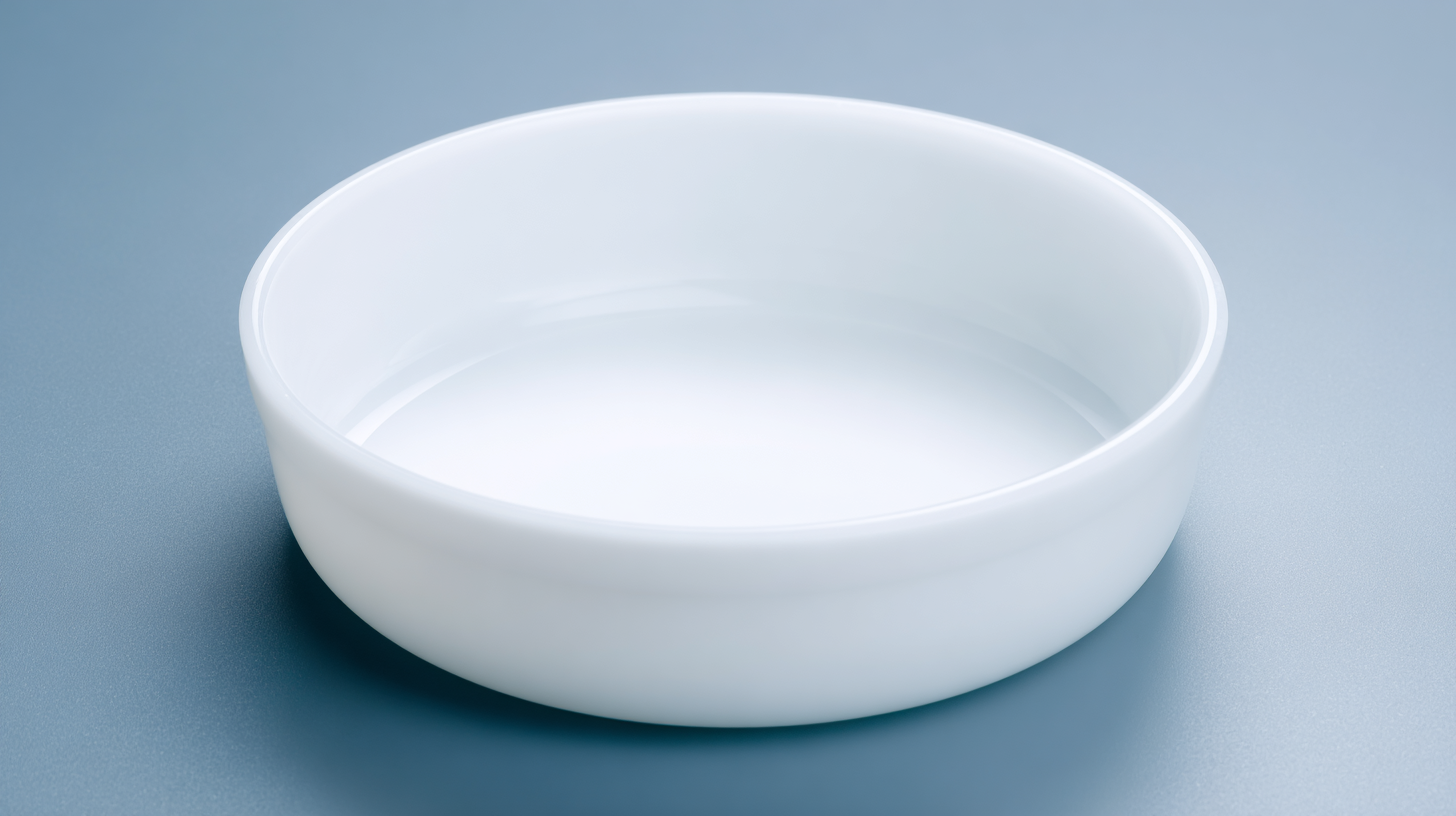
Polytetrafluoroethylene (PTFE), commonly known as Teflon, is renowned for its exceptional chemical resistance and non-stick properties, making it an ideal material for laboratory evaporating dishes. In laboratory settings, these dishes must withstand harsh chemicals and extreme temperatures, which PTFE can easily handle. This unique characteristic allows researchers to conduct experiments without worrying about contamination or material degradation, providing consistently reliable results.
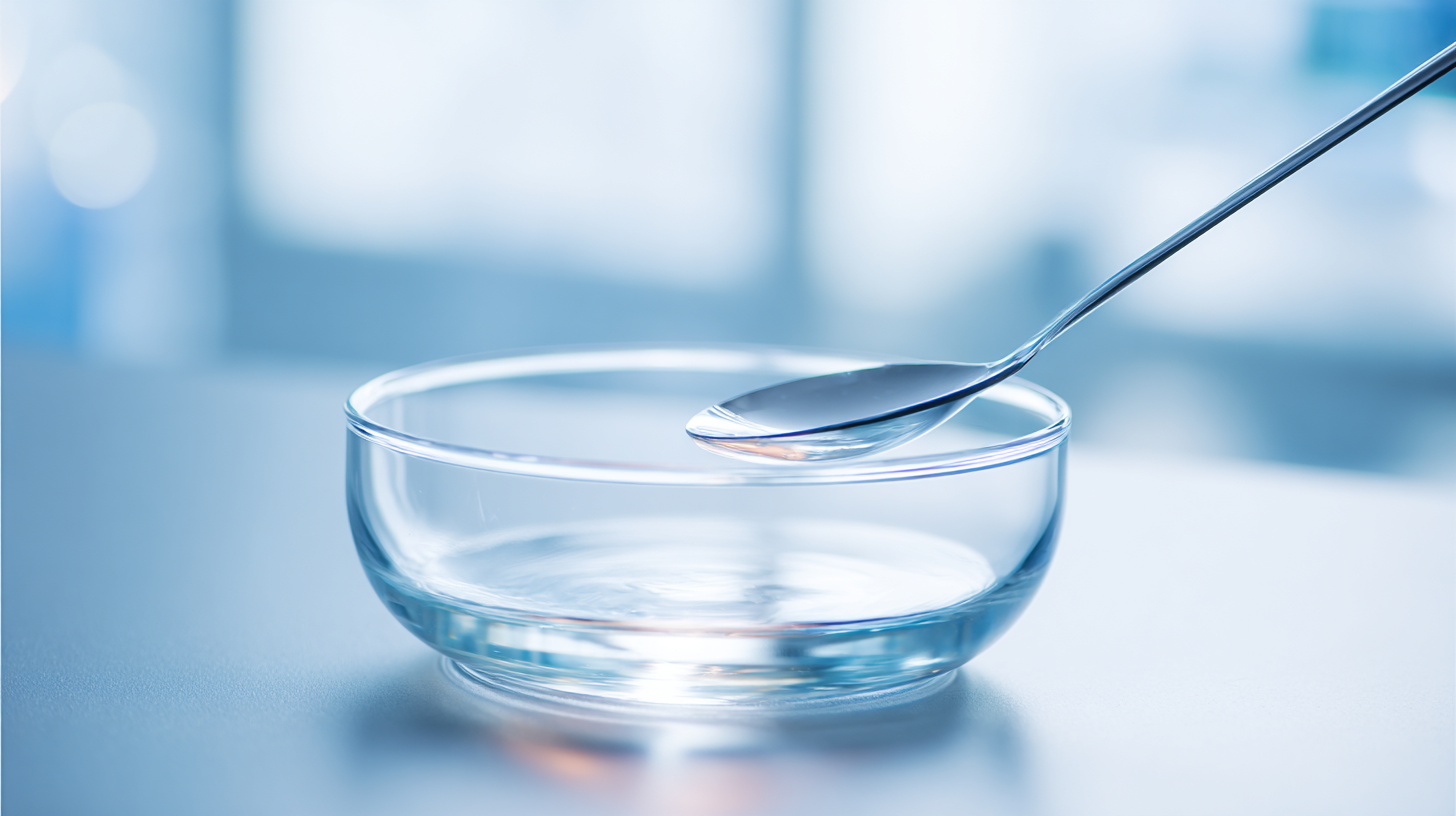
Another notable property of PTFE is its low friction surface, which facilitates easy sample retrieval and minimizes the risk of cross-contamination. Additionally, PTFE is highly stable, enabling it to maintain its structural integrity even in demanding environments. This stability not only extends the lifespan of laboratory equipment but also ensures that experiments can be conducted with precision and accuracy. Thus, understanding these unique properties of PTFE is essential for selecting the perfect evaporating dish tailored to specific laboratory needs.
When selecting the perfect PTFE evaporating dish for your laboratory, it's essential to assess your size and capacity requirements carefully. Different applications may call for varying volumes, and understanding the scale of your experiments will help you make an informed choice. For example, larger dishes are beneficial for evaporating larger quantities of solvents, while smaller dishes are ideal for precise applications involving minimal sample sizes.
**Tips:** Consider the volume of the liquid you typically work with. If you're conducting reactions on a small scale, a dish with a capacity of 50-100 mL may suffice. However, for applications requiring larger volumes, you might need a dish capable of holding several hundred milliliters. Additionally, ensure that the dish's dimensions are compatible with your existing lab equipment, such as hot plates or drying ovens.
Another aspect to consider is the dish's shape. Evaporating dishes come in various shapes—round, flat-bottomed, or with higher sides—that can influence the efficiency of evaporation. A wider surface area may lead to faster evaporation rates, while deeper dishes might be necessary for reducing the risk of spillage. Be sure to evaluate these characteristics in relation to your specific laboratory tasks to optimize your workflow.
When selecting the perfect PTFE evaporating dish for laboratory use, it is crucial to evaluate both chemical resistance and heat tolerance. PTFE, known for its exceptional chemical inertness, demonstrates a remarkable ability to withstand aggressive solvents and acids, making it a popular choice for various laboratory applications. According to industry reports, PTFE remains stable up to 260°C, showcasing its ability to maintain structural integrity under high temperatures. However, prolonged exposure to extreme heat can lead to mechanical degradation. Research indicates that the influence of heating temperature and time can significantly affect the microstructural features of PTFE, indicating that optimal usage conditions are essential to maximize its lifespan.
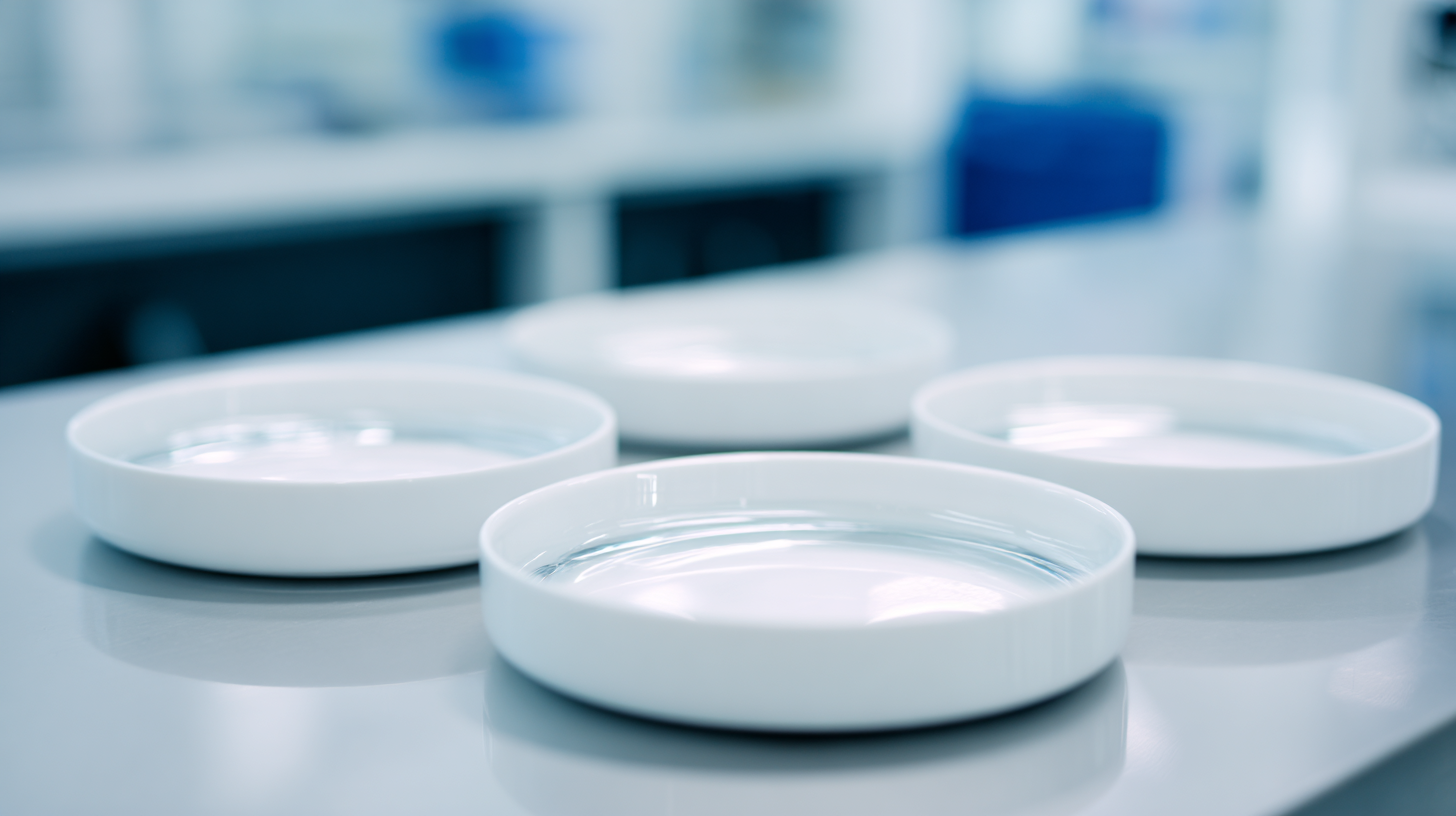
In recent developments, studies have highlighted the suitability of PTFE as a polymer of low concern (PLC) in various applications, particularly in the context of regulatory criteria. This assessment is critical in evaluating materials that may interact with food or pharmaceuticals, given the growing scrutiny over the presence of per- and polyfluoroalkyl substances (PFAS) in consumer products. The findings emphasize the importance of selecting PTFE dishes that not only resist corrosion but also minimize contamination risks. By carefully considering both chemical resistance and heat tolerance, laboratories can ensure optimal performance and safety in their experimental setups.
When selecting a PTFE evaporating dish for laboratory needs, it is essential to compare different brands and their quality standards. Various manufacturers produce PTFE dishes with differing characteristics, including thickness, resistance to chemicals, and thermal stability. Brands like Thermo Scientific, Sigma-Aldrich, and VWR each offer unique advantages, such as superior non-stick properties and higher thermal resistance, which can be crucial for specific applications in scientific research and industrial settings.
Quality standards are another significant factor to consider. Look for PTFE dishes that meet international standards such as ISO or ASTM, which ensure consistent performance and reliability. High-quality PTFE dishes are often tested for durability, resistance to aggressive solvents, and thermal conductivity, making them suitable for various laboratory procedures. Additionally, reading user reviews and comparing product specifications can provide insights into the practical aspects of the dishes, helping you choose the perfect one for your specific requirements.
When choosing a PTFE evaporating dish, budget considerations play a crucial role in determining the right option for your laboratory needs. There are two main categories to consider: durable and economical choices. Durable options may come with a higher upfront cost but often result in long-term savings due to their ability to withstand harsh chemicals and high temperatures, reducing the frequency of replacement. Investing in high-quality PTFE dishes means fewer interruptions to your work flow, ultimately contributing to greater efficiency in laboratory processes.
On the other hand, economical options are appealing for those with tight budgets, particularly smaller labs or educational institutions. While these dishes are more affordable, they may compromise on durability and performance. Understanding the balance between cost and the longevity of the product is essential; it’s vital to evaluate your specific laboratory requirements and usage frequency. In the context of ongoing economic developments and budget planning as seen in recent reports, making an informed choice about laboratory supplies can help streamline operations while adhering to financial constraints.
| Dimension | Durable Option Price | Economical Option Price | Durability Rating (1-10) | Recommended Applications |
|---|---|---|---|---|
| 50 mL | $15.00 | $8.00 | 8 | Organic Chemistry, Sample Evaporation |
| 100 mL | $20.00 | $10.00 | 9 | Inorganic Chemistry, Solution Concentration |
| 250 mL | $30.00 | $15.00 | 10 | Pharmaceutical Research, High-Temperature Applications |
| 500 mL | 45.00 | $22.00 | 9 | Biochemical Analysis, Large Sample Evaporation |
